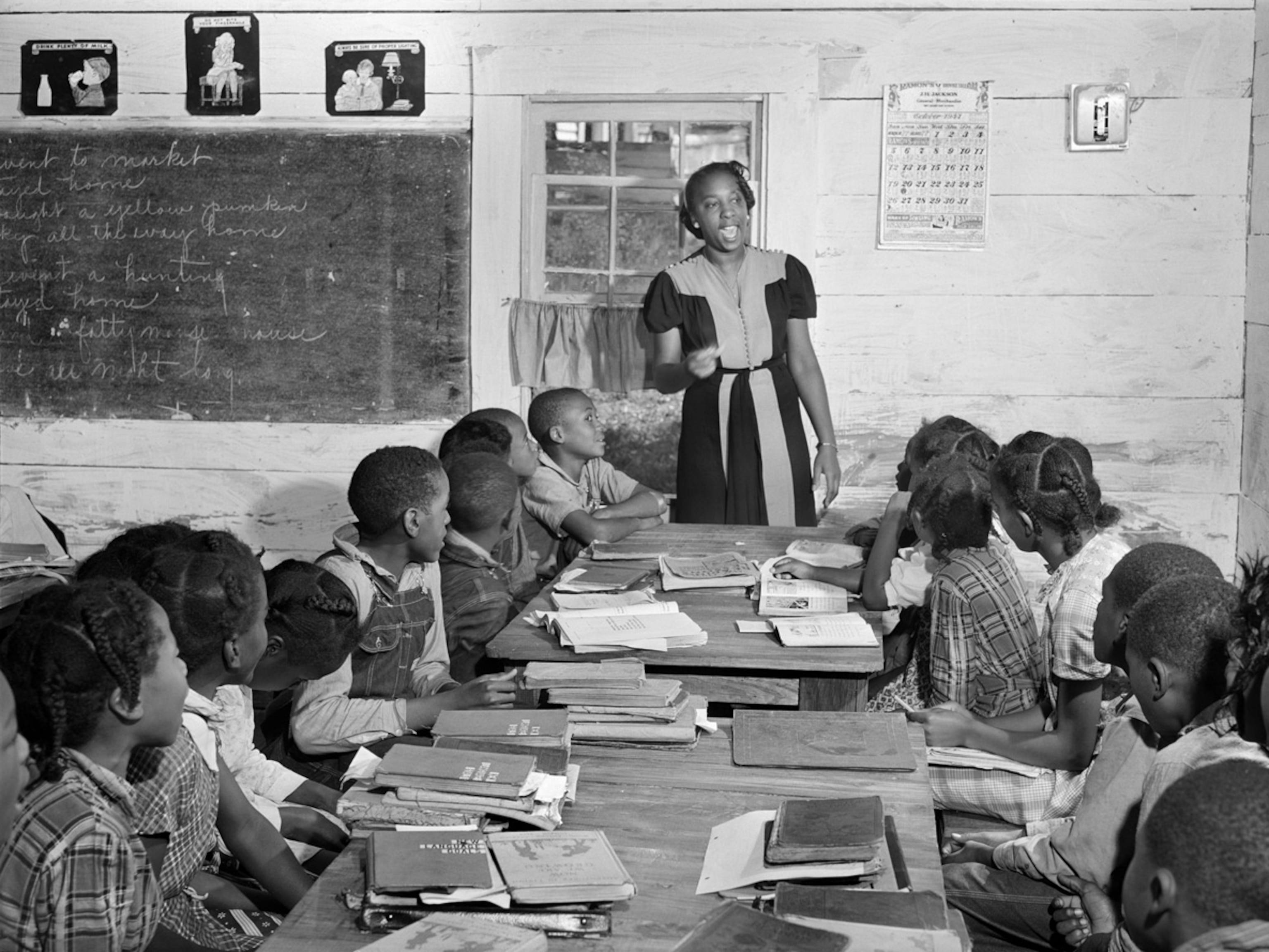School Desegregation Order Ended: The Impact On Education

Table of Contents
The Immediate Aftermath of the Desegregation Order's End
Ending desegregation orders often led to a swift and concerning resurgence of racial segregation in schools.
Re-segregation Trends
The observable patterns of re-segregation following the end of these orders were stark. Schools, once integrated, gradually reverted to a predominantly white or predominantly minority student population. This wasn't a passive process; it was fueled by a number of factors.
- Examples: In many Southern states, following the end of specific desegregation orders, formerly integrated schools experienced a dramatic shift in demographics. For instance, in certain districts in the late 1970s and early 1980s, white flight to suburban schools became commonplace, leading to a sharp increase in minority populations in urban schools.
- Contributing Factors: Suburban growth, zoning laws favoring suburban development, and the availability of private school options played a significant role in re-segregation. The lack of robust enforcement mechanisms to maintain integration further exacerbated the problem. Policies that favored neighborhood schools over bussing, often unintentionally, contributed to the resurgence of racial imbalance. These actions created a system where school segregation, not integration, was the functional norm.
Impact on Academic Achievement
The re-segregation following the end of desegregation orders had a devastating impact on the academic performance of students of color.
- Achievement Gaps: Studies consistently demonstrate a correlation between school segregation and the persistent achievement gap. Students in predominantly minority schools often experience lower graduation rates, lower college enrollment rates, and lower standardized test scores compared to their peers in predominantly white schools.
- Resource Disparities: These disparities are often linked to unequal access to resources, including qualified teachers, advanced courses, and updated technology. The lack of sufficient funding for schools serving primarily minority students further compounds the problem.
Long-Term Consequences of Desegregation Order's End
The effects of ending desegregation orders extended far beyond the immediate aftermath, shaping the educational landscape for decades to come.
Socioeconomic Disparities and School Funding
School funding in the United States is often tied to property taxes, creating a system where wealthier districts—which tend to be whiter—have significantly more resources than poorer districts, which tend to be more racially diverse.
- Funding Discrepancies: The end of desegregation orders often exacerbated these existing inequalities. Predominantly white schools continued to receive significantly higher levels of funding, impacting everything from teacher salaries to classroom technology. The gap in funding per student between predominantly white and predominantly minority schools has been consistently documented, perpetuating a cycle of inequality.
- Property Tax Reliance: The overreliance on property taxes for school funding contributes directly to this disparity. Wealthier neighborhoods, often more homogenous, can generate significantly more tax revenue, leading to better-funded schools.
The Impact on Interracial Relations
Increased school segregation has far-reaching consequences that extend beyond academic achievement. The lack of interaction between students of different racial and ethnic backgrounds can hinder the development of interracial understanding and tolerance.
- Limited Interaction: When students are largely separated by race within the education system, they have fewer opportunities to build relationships and learn from one another. This can lead to increased racial prejudice and a lack of cultural understanding.
- Social Cohesion: Integrated schools, in contrast, have been shown to foster greater social cohesion and improve interracial relationships. The lack of this integration severely hampered societal progress in many locations following the end of desegregation orders.
Efforts to Address the Consequences
Despite the setbacks, ongoing efforts are underway to address the consequences of ending desegregation orders and promote educational equity.
Current Legal Challenges and Advocacy
Numerous organizations and individuals continue to challenge school segregation through legal means and advocacy.
- Legal Cases: Several legal cases continue to be brought against school districts accused of maintaining segregated school systems through discriminatory practices like discriminatory school placement policies, funding inequalities, and selective school zoning.
- Advocacy Groups: Organizations like the NAACP Legal Defense and Educational Fund actively work to advance educational equity and fight for desegregation, pushing for systemic change through legislation and court actions.
Policy Recommendations and Future Directions
To move forward, a multi-pronged approach is necessary.
- Funding Reforms: Equitable funding mechanisms, eliminating over-reliance on property taxes and ensuring equitable funding for all students regardless of their race or zip code, are crucial.
- Integration Strategies: Policies that actively promote school integration, such as managed choice programs or magnet schools that attract diverse student populations, are vital to counteract historical trends. These could incorporate creative ways to improve equitable access to resources across districts.
- Curriculum Reform: A more inclusive curriculum that accurately reflects the diverse experiences and perspectives of all students is essential for promoting understanding and empathy.
Conclusion
The end of school desegregation orders has had a profound and lasting negative impact on education in the United States. Re-segregation has led to persistent achievement gaps, exacerbated socioeconomic disparities, and hindered the development of positive interracial relations. Addressing these challenges requires a commitment to equitable school funding, the implementation of effective integration strategies, and a continued fight for educational equity. To combat the ongoing effects of school segregation and promote racial integration in schools, we must all actively engage. Donate to organizations working towards educational equity, volunteer your time to support integrated schools, and contact your legislators to advocate for policies that promote school integration and dismantle systemic barriers to equal opportunity. The fight for true educational equity, for genuine school integration, continues.

Featured Posts
-
 The Role That Sabotaged Arsenals Title Hopes Souness Speaks
May 02, 2025
The Role That Sabotaged Arsenals Title Hopes Souness Speaks
May 02, 2025 -
 Lab Owner Convicted False Covid Test Results During Pandemic
May 02, 2025
Lab Owner Convicted False Covid Test Results During Pandemic
May 02, 2025 -
 Actor Michael Sheens 100 000 Donation 900 Peoples Debt Cleared
May 02, 2025
Actor Michael Sheens 100 000 Donation 900 Peoples Debt Cleared
May 02, 2025 -
 Christina Aguilera And The Photoshop Debate A New Photoshoot Sparks Controversy
May 02, 2025
Christina Aguilera And The Photoshop Debate A New Photoshoot Sparks Controversy
May 02, 2025 -
 Mental Health Claim Rates High Costs And Stigma Limit Access
May 02, 2025
Mental Health Claim Rates High Costs And Stigma Limit Access
May 02, 2025
